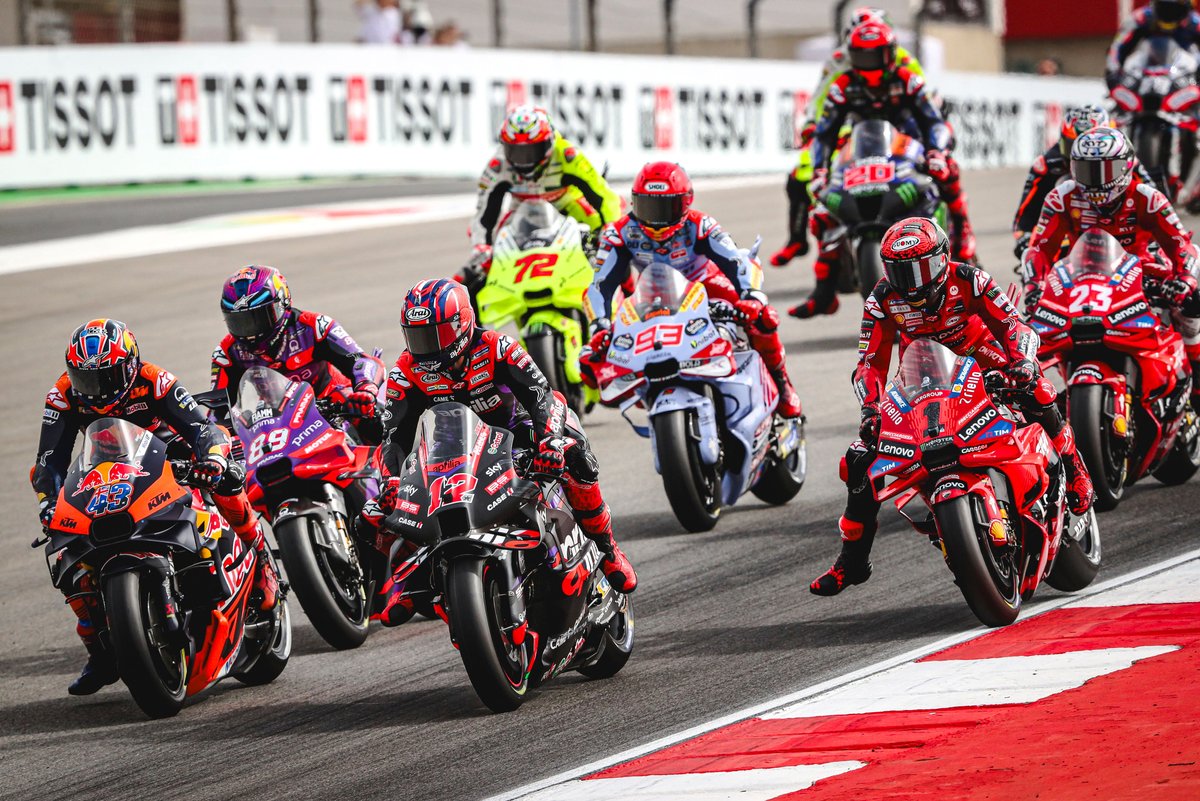MotoGP bikes are renowned for their impressive 1000cc engines generating 270hp, yet they struggle to match the lap times of Formula 1 cars due to their smaller contact patches and lower downforce. This performance gap is evident when comparing lap times at circuits like the Circuit of the Americas, where Valtteri Bottas’ F1 car significantly outpaces Maverick Vinales’ MotoGP bike in qualifying.
However, in a quarter-mile race from a standing start, Dani Pedrosa’s KTM RC16 easily outpaced Liam Lawson’s RB8, showcasing the bike’s superior power-to-weight ratio. MotoGP bikes’ narrow build and minimal drag allow them to reach speeds of around 220mph, but effective braking is crucial for navigating tight corners.
Italian-based Brembo has been supplying MotoGP riders with customized braking systems for nine seasons. These systems include brake calipers, carbon and steel discs, master cylinders, clutch pumps, and pads. Brembo’s monobloc caliper, the GP4, is machined from a solid piece of aluminum and features an amplification system for increased braking torque.

Carbon front discs provide immense stopping power, with various diameter sizes and material specs available. The operating temperature for MotoGP carbon discs ranges from 250°C to 850°C, significantly higher than steel discs used in lower classes like Moto2 and Moto3.
During a race, MotoGP bikes can decelerate at over 1.5g, with braking distances and pressures varying based on track characteristics. Brembo’s MotoGP race engineer, Mattia Tombolan, emphasizes the importance of carbon disc heat dissipation and its impact on braking performance and bike maneuverability.
MotoGP riders like Miguel Oliveira rely on precise braking techniques to find the limit without locking the wheels. They strategically use engine braking and rear brake assistance to balance the bike during corner entry, optimizing speed reduction without overloading the front end.
Riders employ aerodynamic drag and leg extension to aid in braking. Dangling a leg in the airstream serves to create drag for air resistance and helps balance the bike by shifting the center of gravity inward and downward, aiding in slowing down.

